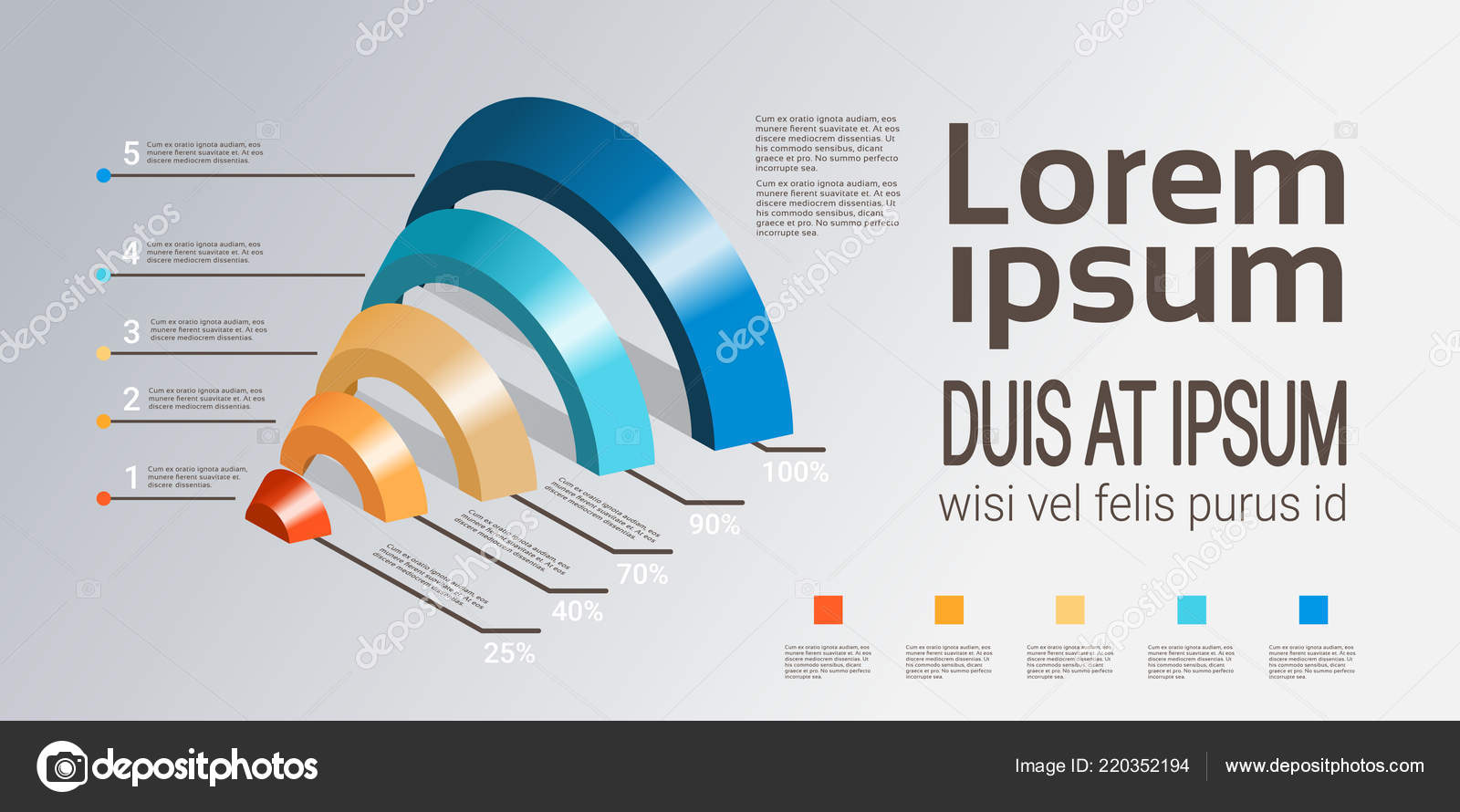Web Site Style Basics: Tips For Building A User-Friendly Website
Web Site Style Basics: Tips For Building A User-Friendly Website
Blog Article
Published By-Hovmand Neville
When it concerns internet site style, making sure user-friendliness is crucial. From responsive style to structured navigation, every component plays an essential duty in developing a website that accommodates your audience's demands. But what concerning the better details that can make or damage a customer's searching experience? Keep tuned as we discover some often-overlooked suggestions that can elevate your website's use to the following level, making it really stand out in the digital landscape.
Importance of Responsive Design
Receptive style is an essential aspect of modern web site advancement. Ensuring your web site is responsive ways that it can adjust to different display dimensions and devices, giving a smooth experience for customers.
With the enhancing use of smart devices and tablet computers to access the web, having a responsive style is important for reaching a broader target market. It helps in enhancing user experience by making your internet site very easy to navigate and read on any type of device.
Additionally, more info here can positively impact your internet search engine rankings, as online search engine like Google focus on mobile-friendly web sites. By having a receptive design, you're likewise future-proofing your internet site, as brand-new gadgets with varying display dimensions remain to arise.
Simplify Navigation Structure
To boost customer experience and facilitate very easy access to info on your website, streamlining the navigating structure is critical. When making your website, focus on creating a clear and intuitive navigation food selection that assists site visitors discover what they're searching for quickly.
Limitation the number of food selection items to the essentials, grouping relevant pages together to stay clear of frustrating users. Use detailed small business search engine marketing that plainly show the web content of each page, making it much easier for users to understand where each web link will take them.
Take into consideration implementing dropdown menus for subcategories to prevent jumbling the primary navigating bar. Furthermore, consist of a search bar prominently on the web page for individuals that choose searching for details info.
Prioritize mobile responsiveness in your navigation layout to make sure simple gain access to on all devices.
Maximize Page Tons Rate
Improving web page tons rate is crucial for retaining visitors on your site. Slow-loading web pages frustrate users and can result in high bounce rates. To enhance web page load speed, beginning by maximizing pictures. Compress photos without jeopardizing quality to reduce their data dimensions.
In addition, make it possible for web browser caching to keep regularly accessed resources locally, quickening lots times for returning site visitors. click web page , JavaScript, and HTML files by removing unnecessary personalities, comments, and format, improving lots rate.
Consider using a content delivery network (CDN) to distribute your site's web content throughout numerous servers worldwide, minimizing latency for individuals accessing your website from various locations. Last but not least, restrict making use of third-party scripts and plugins, as they can significantly influence lots times.
Conclusion
In conclusion, by integrating responsive design, simplifying navigation, and maximizing web page lots rate, you can create a straightforward site that interest a larger audience and boosts individual experience. These essential elements ensure that visitors can quickly access and browse your site throughout different devices, causing boosted interaction and satisfaction. By focusing on these crucial facets, you can construct an effective website that maintains individuals coming back for even more.
